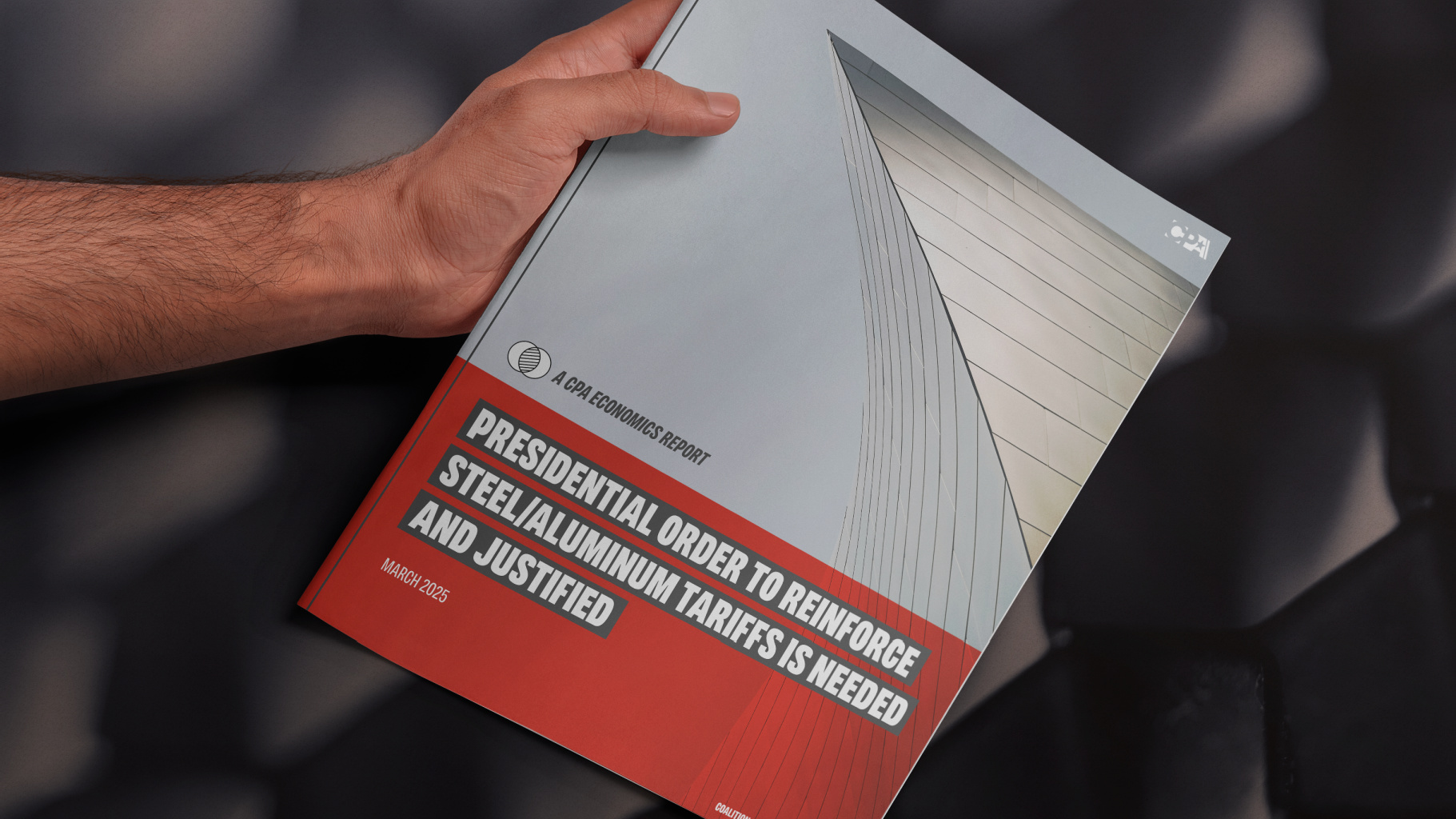This Working Paper presents the results of a CPA econometric model testing how much dollar adjustment is needed to balance US trade in six years and the dramatic economic benefits that would result from the adjustment.
This Working Paper presents the results of a CPA econometric model testing how much dollar adjustment is needed to balance US trade in six years and the dramatic economic benefits that would result from the adjustment.
by Jeff Ferry (Chief Economist) and Steven Byers (Senior Economist)
CPA used a standard econometric model to, for the first time, quantify the amount of dollar adjustment needed to end the US trade deficit over a reasonable period of time as well as the job creation and economic growth results. The paper explains the capital flow dynamics that cause the dollar to be persistently overvalued and how it contributes to global imbalances that are a risk to international growth. The authors then present how different magnitudes of dollar adjustment impact exports and imports before determining an optimal adjustment to balance trade in six years.
The impact on the domestic economy is significant job creation, up to 5.2 million additional jobs over baseline expectations from 2020 to 2024. Export volume grows significantly faster over the study period while import growth slows. Job creation and output in the tradable goods industries disproportionately benefits, giving rise to a higher quality job mix in the economy. Economic growth increases by 1.2 percent per year resulting in an economy nearly $1 trillion larger than it would otherwise be in 2024.
The study reveals that policymakers should re-examine exchange rate management as a powerful tool to bolster the domestic economy and to fix the global problem of excessive external imbalances.













